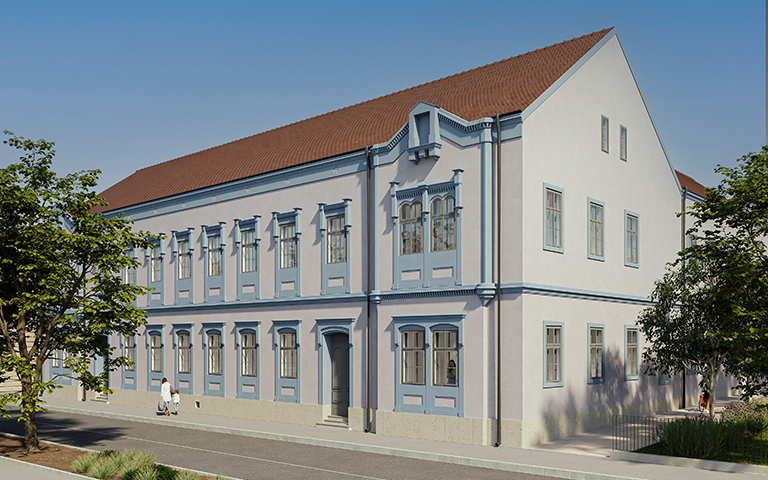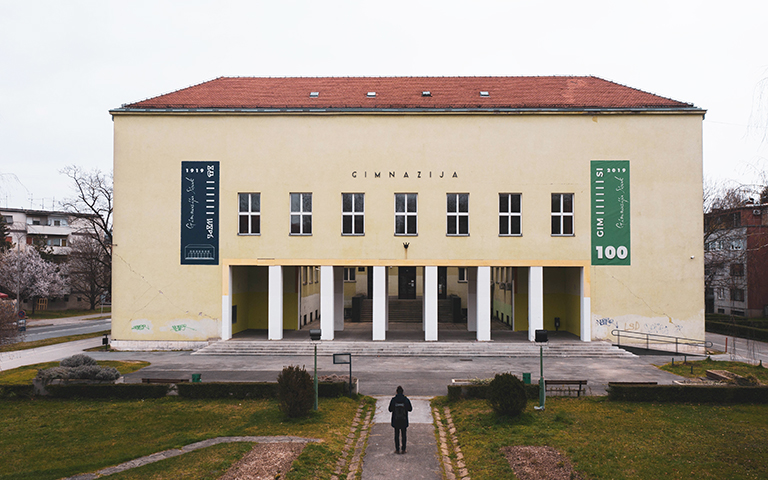Alcazaba and Gibralfaro

Pedro Gurriarán Daza, Salvador Garcia Villalobos
The heritage and monumental importance of the Alcazaba and Gibralfaro in Málaga is beyond doubt, not only for constituting the fundamental heritage element and benchmark of the urban core of Málaga, but also as a sample of that unique architectural type that characterized the main Andalusian cities such as the Alcazaba.
The project of rehabilitation was developed in 2006, in order to establish the consolidation of some parts of the Alcazaba and Gibralfaro, and to protect the medieval housing. The proposed actions can be summarized in the following specific sectors:
• Sector 1: Consolidation-Restoration of a section of the northern outer wall of the Alcazaba (first enclosure).
• Sector 2: Consolidation-Punctual containment of the corner of the northern Gibralfaro wall.
• Sector 3: Consolidation-Protection of the wall structures of the unreconstructed houses of the Alcazaba Medieval Quarter, planning their covering by means of a light structure of easy assembly-disassembly.
• Sector 4: Consolidation-Restoration of the existing fragments of decorative stuccos from all houses of the Alcazaba Medieval Quarter.
• Sector 5: Implementation and reform of the toilet core (including for disabled ones) in the access to the tunnel for the Alcazaba visitors.
• Sector 6: Adaptation of the existing toilet core to include a new toilet for the disabled persons in Gibralfaro.




Further, in 2019 the project of the different conservation actions was prepared for the Alcazaba and Gibralfaro Monumental Complex. The main objective of this project was the definition and justification of technical solutions used at the restoration, replacement, cleaning and preventive conservation of different structures and parts of the Monumental Complex. These include elements like pavements, sanitation, columns, signage or materials, which have a precarious state of preservation that makes advisable their rapid conservation and the elimination of pathologies.
The most widespread and worrying pathologies have to do with the deterioration of pavements and floors in different areas of the Monumental Complex, to which must be added the alteration of the materials in various defensive elements. These documented conservation problems have their origin, mainly, in weathering or physical-chemical and biological-functional alteration.
Selective actions will be taken on materials with the worst state of conservation. The intervention will be marked by some general preliminary work to all the existing cases, which will complement those that are specific to each state of degradation.


